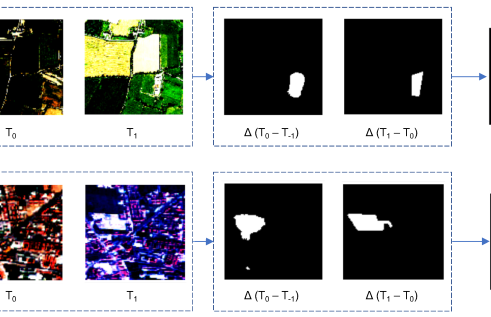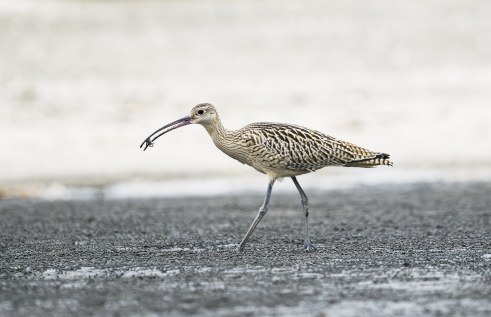News
Does increasing farm productivity relieve pressure on remaining natural areas? A new study suggests no, except where Indigenous people manage the land
Increasing farming intensity increases pressure to clear remnant native vegetation, a new study has shown. It is the opposite of what was expected.
The ground-breaking international collaboration between researchers in Germany, Belgium, Spain and Charles Darwin University (CDU) in Australia found that deforestation was highest in export-focused countries.
CDU Conservation and Sustainable Livelihoods Professor Stephen Garnett, who participated in the research, said it had been hoped farmers would be satisfied with less land if they could earn more per hectare.
“The finding is alarming”, said Professor Garnett, “Policymakers have been hoping intensification can help protect remaining biodiversity.”
The researchers used maps of forest loss between 2000 and 2020 and agricultural production statistics to analyse the relationship between deforestation and intensification.
The team based their study on tropical dry forests around the world.
Lead author, Marie Pratzer from Humboldt University in Berlin, said tropical dry forests are crucial for global biodiversity, carbon storage, and the livelihoods of hundreds of millions of people.
“This is a significant finding,” Marie Pratzer said.
“It shows that policies that aim to increase agricultural intensity will not magically protect forests.”
The researchers did find an exception to the trends they observed.
On the lands of Indigenous peoples, increasing returns from existing farmland did reduce the amount of new land cleared, as had been hoped.
“We found out that farmers trying to meet their own needs cleared less land”, said Professor Garnett, “Only farmers exporting their produce wanted ever more land.”
Professor Garnett says the findings are relevant to Australia given pressures to clear land for agriculture in northern Australia.
“Economic pressures to maximise short-term gains from land are very high”, said Professor Garnett
“Only well-enforced land-use zoning, and a potentially a stronger Indigenous voice in land use decisions, will ensure the existing values of natural lands are not lost”, he said.
A paper on the research was published this week in the leading journal Nature Sustainability.
Related Articles

Rooting out plant diseases: Are computers ready to run our farms?
Nature is still too complex for artificial intelligence (AI) modelling to be effective, but the tipping point is close, according to a new study that found the technology may still trip at the last real-world hurdle.
Read more about Rooting out plant diseases: Are computers ready to run our farms?
Tech on the treetops: How AI can protect forests
The Artificial Intelligence model was developed to detect changes in forest cover.
Read more about Tech on the treetops: How AI can protect forests
Volunteers protected Darwin wildlife for 50+ years, but new research suggests it’s time to stop winging conservation efforts
Volunteers have shouldered the burden of shorebird conservation in the Top End for more than half a century, but new research from Charles Darwin University (CDU) suggests it’s time for the government to take responsibility for all of the Northern Territory’s residents – including those with wings.
Read more about Volunteers protected Darwin wildlife for 50+ years, but new research suggests it’s time to stop winging conservation efforts
